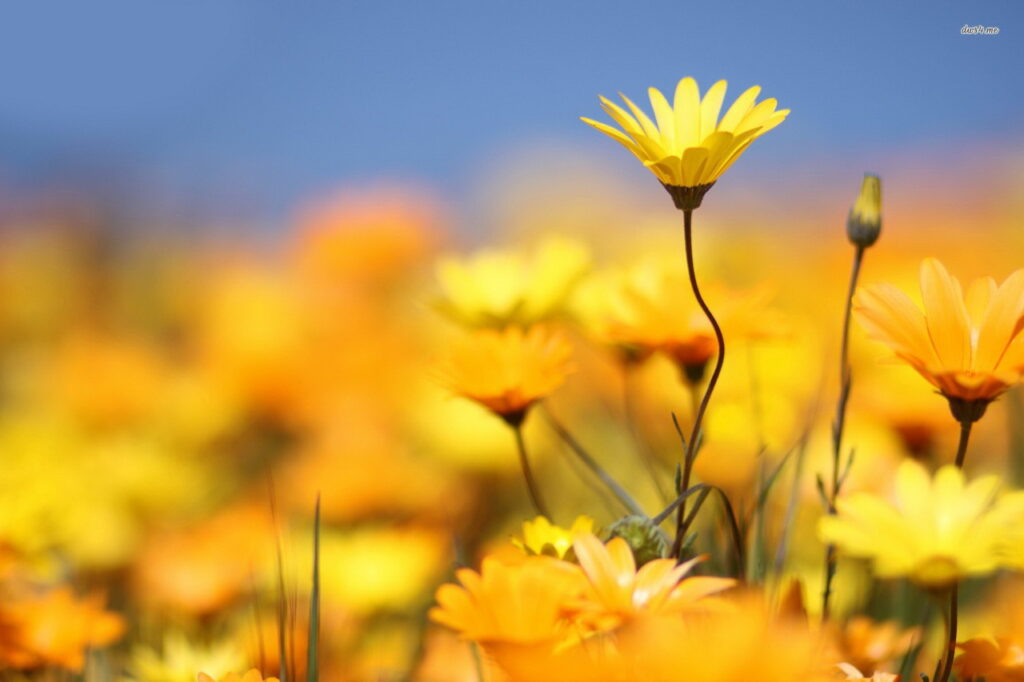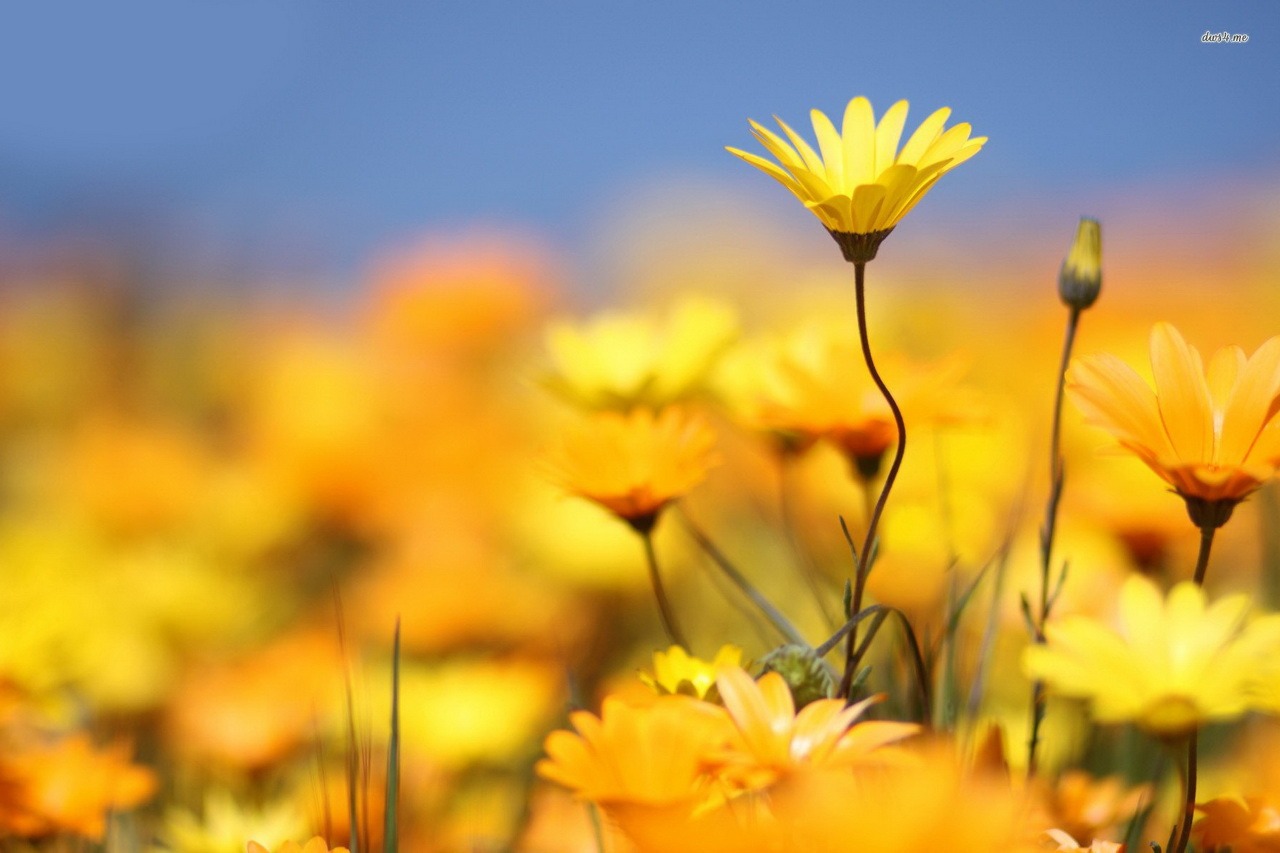Arnica montana, also known as wolf’s bane, leopard’s bane, mountain tobacco and mountain arnica, is a moderately toxic European flowering plant in the daisy family Asteraceae. It is noted for its large yellow flower head. The names “wolf’s bane” and “leopard’s bane” are also used for another plant, aconitum, which is extremely poisonous.
It thrives in the mountains of Europe and is under nature protection as it is a relatively rare medicinal plant that only grows in the wild. Only dried flowers and plant roots are harvested and used.
In medicine, arnica extracts are used as a means to normalize blood flow to the brain and recover from a stroke. In small doses, arnica extract has a tonic effect, while in large doses it has a calming effect.
Arnica and preparations based on it are included in the State Pharmacopoeia of the Russian Federation as well as in the pharmacopoeia of the EU and the USA.
Arnica flower extract is used to make spirits.

Chart 1. The main components of the arnica CO2 extract
| NAME | CONTENT IN% OF THE AMOUNT OF VOLATILE COMPONENTS | EFFECT |
|---|---|---|
| Arnidiol | 2,5 | anti-sclerotic effect |
| Faradil | 2,2 | Relieves bronchospasm, recommended for chronic lung diseases |
| Coumarin | 1,1 | anticoagulant, antispasmodic, bacteriostatic. Has a coronary dilatation effect. Increases the skin’s sensitivity to UV rays |
| Timol | 2,1 | Analgesic, antiseptic, anti-inflammatory, anthelmintic effects |
| Lutein | 1,5 | Strengthens the retina, protects the structures of the eye from age-related and acquired deterioration |
| N-pentacosane | 4,8 | component of natural waxes. It can be used in cosmetics as a moisture-binding component |
| N-Nanocosan | 5,5 | Refers to saturated hydrocarbons, a fat-like compound. It has wound healing and anti-inflammatory properties |
| Squalene | 5,4 | Antisclerotic effect, normalizes the nervous system |
| Н-Gentriacontan | 2,2 | Has an astringent effect. It is used for internal bleeding and intestinal diseases |
| Angelic Acid | 1,6 | It has a pronounced calming effect |
| Fumaric acid | 1,8 | Has anti-tumor effects |
| Palmitic acid | 16 | Unsaturated fatty acid for water repellency in cosmetics |
| Linoleic acid | 6,4 | An essential unsaturated fatty acid of the omega-6 class. It has anti-inflammatory, vasoconstrictor, and aggregating effects. If there is no balance between omega-3 and omega-6 fatty acids, competitive processes can arise that influence the metabolism |
In gas chromatographic-mass spectrometric investigations, more than 60 general compounds were found in the CO2 extract of arnica mountain plants, but a substantial part of them has not been identified. This suggests that the chemistry of the plant has not been adequately studied.
In cosmetics, the use of arnica CO2 extract is undeservedly not very widespread. On this basis, you can create cosmetics in the following areas:
- Products for sensitive skin prone to inflammation with antibacterial properties
- Antioxidant and vitaminizing active ingredients with a strong anti-aging effect
- Remedies for problem skin, especially for defects in the form of acne and redness. Recommended as a cosmetic for teenagers
- Sports creams with CO2 extract from arnica help with injuries and bruises
- Arnica CO2 extract is well suited for massage creams and deodorants.
In the production of food, the CO2 extract of arnica is used in the confectionery industry and for the production of some spirits.
Chart 2. Application rates, recommendations for the use and storage of arnica CO2 extract
| Food usage rates | No data available |
| Application rates in cosmetics | Item А10: 1-3% Item А100: 0.1-0.3% |
| Recommendations for use | It is recommended to add CO2 extracts in the final stages of preparation, in the cooling phase of the end product. |
| Storage Instructions | It is recommended to store CO2 extracts in a closed container in a cool room and avoid direct sunlight. |
Historical reference
In the literature it is mentioned that the ancient Greek doctor Dioscarides called this plant “ptarmika”, which is translated from Greek as sneezing. In fact, the aerial parts of this plant cause sneezes. The name “ptarmika” was later distorted to “arnika”. Arnica is one of the twelve magical plants on which the medicine of the Rosicrucian Order was based. The alchemists called arnica the symbol of the sun because of the beauty of its flowers.
